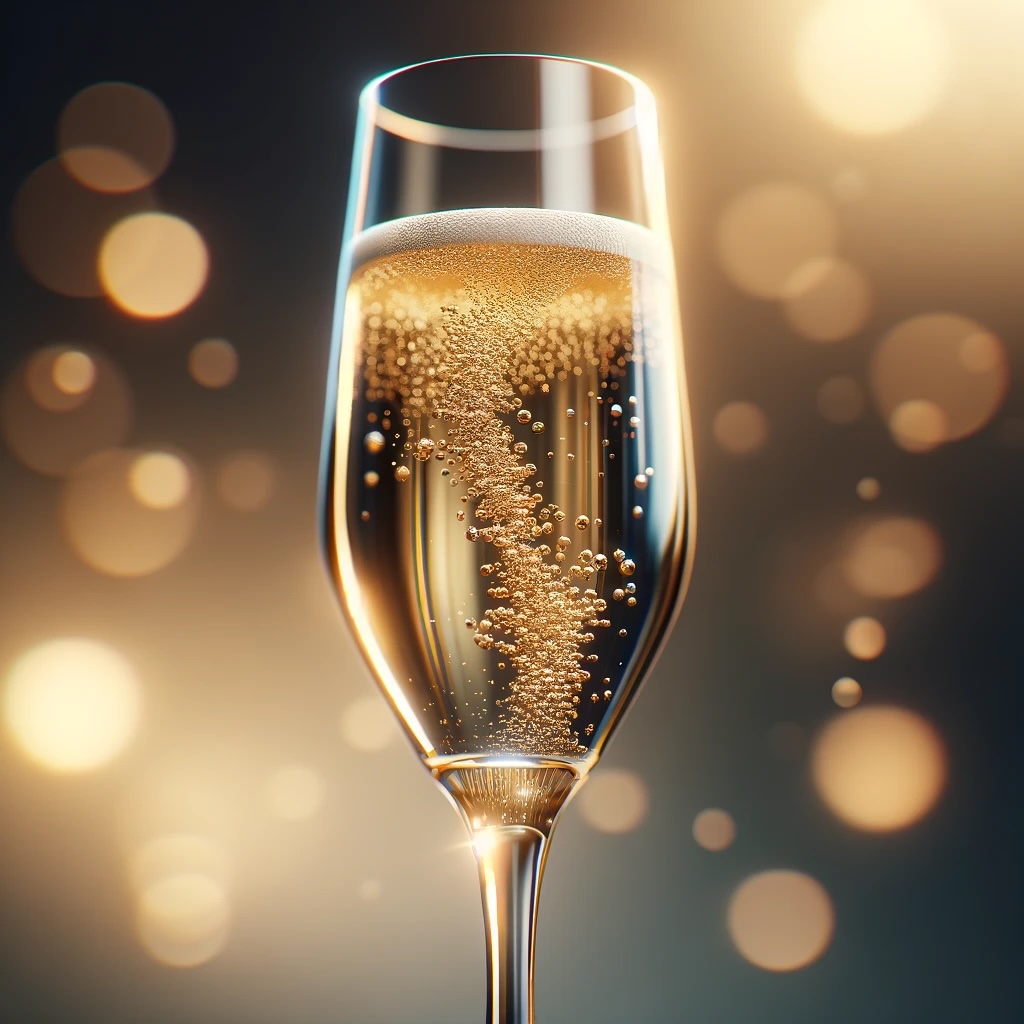Champagne, the quintessential symbol of celebration, hails from the Champagne region in France, an area just an hour northeast of Paris. This region, renowned for producing the most prestigious sparkling wines, is a testament to the artistry and tradition of winemaking. Let’s delve into the world of Champagne houses, where generations of winemakers craft the luxurious French “liquid gold.”
First and foremost, Champagne is a geographical designation, encompassing key cities like Reims and Épernay that form the heart of the region. The name is synonymous with the Appellation d’Origine Contrôlée (AOC), the world’s most famous and luxurious sparkling wine production. Strolling down Épernay’s cobblestone Avenue de Champagne, lined with historic mansions housing world-renowned Champagne houses, feels like stepping into a fairytale. The wealth stored in the cellars beneath this avenue is said to rival that of Wall Street.
Champagne is allowed to be made from seven grape varieties, with Chardonnay, Pinot Noir, and Pinot Meunier (often just referred to as Meunier) being the key components. Despite the inclusion of a few other varieties like Pinot Blanc, Pinot Gris, Arbane, and Petit Meslier, the majority of Champagne is a blend, or cuvée, of these main grapes. The region produces two primary styles of wine: Blanc de Blancs, made exclusively from white grapes, and Blanc de Noirs, made from the black grapes.
The Champagne region is divided into five main areas, with Montagne de Reims, Vallée de La Marne, Côte des Blancs, and Côte de Sézanne being contiguous, while the fifth, Côte des Bar, is a separate area known for its still red wines used in some rosé Champagnes.

Champagne’s effervescence comes from the traditional method (formerly known as méthode champenoise) of secondary fermentation in the bottle. This process involves adding a mixture of wine, yeast, and sugar (known as the liqueur de tirage) to still wine, causing fermentation that produces the beloved bubbles. The flavors of bread crust, brioche, biscuit, and leavened dough arise from aging the wine on yeast lees in the bottle for many months in the region’s chalky cellars.
Non-vintage Champagne, a blend of multiple years, must age for at least 15 months before release, while vintage Champagne, from a single year, requires a minimum of three years. Many winemakers extend these periods to enhance the richness and complexity of their wines. The blending of different vintages ensures a consistent style, while vintage Champagnes reflect the climatic conditions of a specific year.
Nearly every producer offers a prestige cuvée, showcasing the winemaker’s vision of their finest creation. The high price of Champagne primarily reflects the cost of grapes, regulated annually, and the labor-intensive process of winemaking. Recent decades have seen a shift towards sustainable viticulture, with many producers adopting organic and biodynamic practices. Notably, the release of the 100% biodynamic Cristal 2012 marked a significant milestone for the industry.
Historically, Champagne was sweeter, which led to its use in cocktail mixology. Today, most Champagnes are produced in a dry style, but their rich, textured nuances and lively acidity can add an interesting dimension to drinks crafted by experienced bartenders.
As we explore the nuances of Champagne, from its luxurious origins to its role in modern mixology, it’s clear that this sparkling wine remains a timeless symbol of craftsmanship and celebration. Whether enjoyed on its own or as part of a sophisticated cocktail, Champagne continues to captivate with its elegance and complexity.




